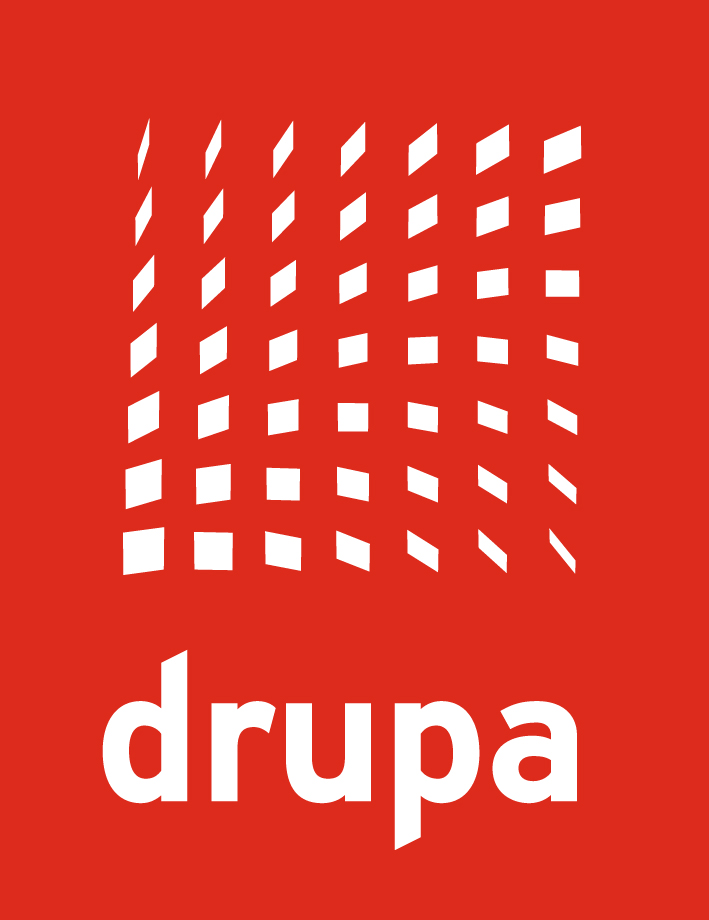The output value of the global printing industry is expected to reach 834.3 billion U.S. dollars in 2026
Time:2021-11-17 From:
Commercial, imaging, publications, packaging and label printing all face the fundamental challenge of adapting to the market space in the wake of the COVID-19 pandemic. The positive news, as outlined in the new Smithers report, The Future of Global Printing to 2026, is that after a very disruptive 2020, the market has already recovery; although this has not been consistent across all segments.
In 2021, the total value of global printing will reach 760.6 billion US dollars, equivalent to the global production of 41.9 trillion A4 printed matter. This was up from $750 billion in 2020, but sales fell further, with 5.87 trillion fewer A4 prints than in 2019. This effect is most evident in publications, some imaging, and commercial applications. The sharp decline in magazine and newspaper sales caused by the stay-at-home quarantine was only partially compensated by a short-term increase in orders for educational and leisure books; many regular commercial print and video orders were also cancelled. Packaging and label printing is more resilient, providing a clear strategic focus for the development of the industry over the next five years.
Investment in new printing and post-press equipment will reach $15.9 billion this year as end-use markets stabilize.
Smithers expects packaging and labeling and new demand in Asia’s growth economies to grow moderately – at a CAGR of 1.9% (by value, at constant prices) through 2026. In 2026, the total value is expected to reach $834.3 billion. Volume growth will slow, with a CAGR of 0.7%, to 43.4 trillion A4 prints in 2026, but most of the sales lost in 2019-2020 will not be recovered.
Responding to rapidly changing consumer demands while modernizing print plants and business processes is critical to the future success of companies at every stage of the print supply chain. Expert analysis by Smithers identifies the following key trends that will run through 2021-2026.
01
In the post-pandemic era, with less globalization, more local printing supply chains will be more welcome. Print buyers will rely less on single suppliers and just-in-time delivery models – instead, there will be an increased demand for agile print services that can react quickly to changing market conditions.
02
Disrupted supply chains will accelerate the adoption of digital printing across multiple end-use applications. The market share (by value) of digital printing will increase from 17.2% in 2021 to 21.6% in 2026, making it the main focus of R&D across the industry.
03
Demand for packaging and printing e-commerce will continue to increase, with brands eager to deliver improvements in experience and engagement. Higher quality digital printing will be applied to the packaging market and increase potential revenue streams for print service providers. This fits with a broader industry trend towards lower-run print that is more relevant to consumers, as physical media increasingly targets specific segments and even individuals.
04
As the world becomes increasingly electronically connected, printing equipment will adopt more Industry 4.0 and web-to-print concepts. This will improve uptime and order turnaround time, allow for better benchmarking, and enable machines to post available capacity online in real time to attract more orders.

